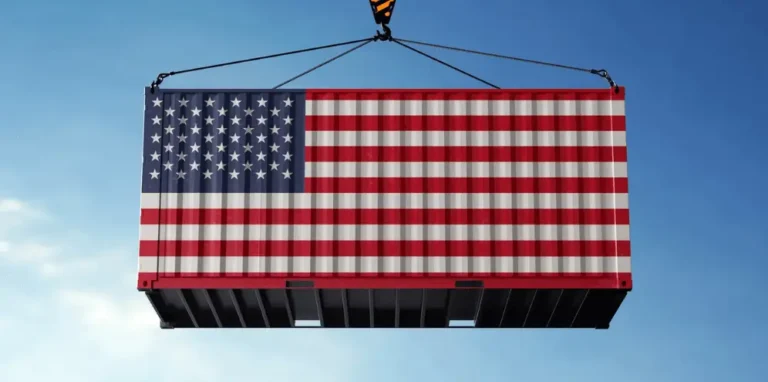The fact is, we have, and will continue to have, more and more destabilizing events for our supply chains.
Your company may have a supply chain that was conceived in a different context to that of today. In the heyday of globalization, sourcing components from the other side of the world was the norm, and the production cost differential was such that the question hardly arose. You just had to go to countries with low labor costs.
The assessment of risks, such as geopolitical risks, took a back seat. China would be the workshop of the world, and India an alternative. Russia is a supplier of energy, titanium, and uranium. Transportation would remain smoothly globalized. Lower costs were well worth slightly longer lead times. CO2?
What are we talking about?
When you talk to the planning and procurement teams at some companies, you can see just how problematic their supply chain design is.
A recent example from a well-known company speaks for itself. Key components and critical raw materials are sourced from Asia. Few suppliers are involved, but all are considered unreliable. In discussions with suppliers and managers, it’s clear that everyone is resigned to the situation. Suppliers are unreliable, that’s the way it is. We receive one container a month from each supplier – which means we only have one opportunity a month to place an order. The lead time, including production and transport, is 3 months.
When you have to deliver your finished products in a few days or even 2-3 weeks, isn’t it a bit problematic to have such a long and unresponsive upstream chain?
Don’t tell me you’re surprised by this caricatured example – I’m sure many of you recognize similarities with your flows.
The costs involved are enormous – in inventories, lost sales, obsolescence, stress on planning teams, efforts to achieve an illusory accurate three-month forecast, air freight, etc.
At the Gartner conference in London in October, one of the analysts’ recommendations was to redesign the operating model to take risk into account.
OK, but redesigning a supply chain isn’t easy. You have qualified suppliers for a certain flow, and you can’t change them easily. Production skills may no longer exist in other parts of the world. And how can you justify to company shareholders a massive investment in redesigning the supply chain – unless you’re already in the midst of an existential crisis?
The options open to you are over distinct horizons:
- In the long term, you need to educate your sourcing teams to take risks into account, train them in what supply chain resilience means, and ensure that supplier selections and the design of future flows are underpinned by a strategy of agility and true full cost. I have the impression that it’s going to be a long and tortuous road to get there. In the Demand Driven projects we run, purchasing is far too rarely involved. In most of the companies we know, supply chain and purchasing live in silos that are at best separate, if not antagonistic. At a time when business schools are seeing young graduates rebelling against the ecocide approaches of potential employers, there is undoubtedly an opportunity. Why not start by putting purchasing and supply chain under the same roof?
- In the short term, we have to live with the existing supply chain design and improve its management by setting up and actively monitoring buffers, increasing visibility, and using collaborative means to limit the distortion of signals along the chain. It’s a logical redesign of your supply chain until you’re ready for a physical transformation…












